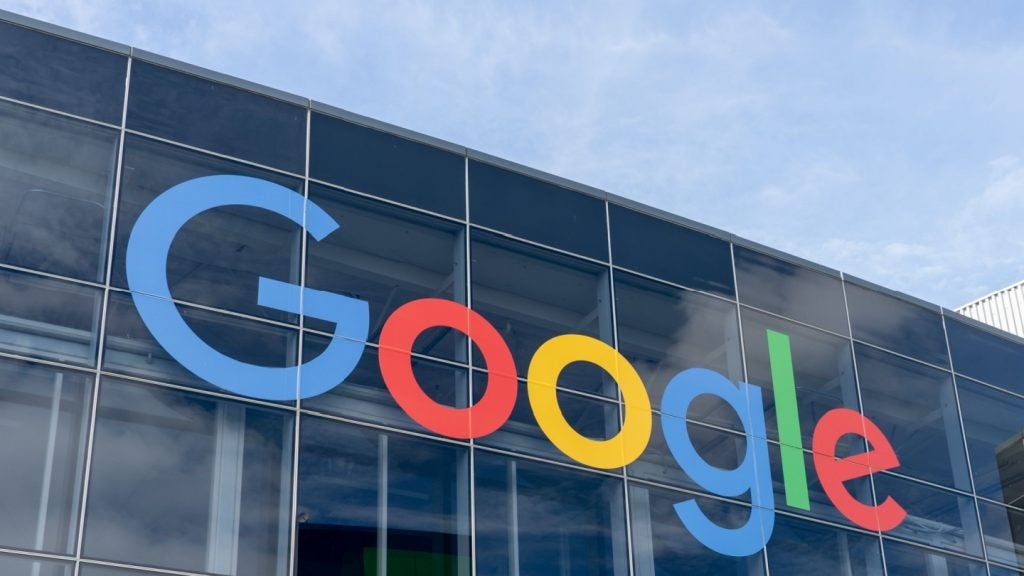
It’s stylish these days to be ‘data driven,’ even while almost no one talks about what that really means. For all its value, data is just a proxy, the spokes on the wheel, the shorthand for what’s really going on.
A novel vendor among the many that supply data analysis tools is Narrative Science, which produced an event in early May that helped explain what it is to be data driven. Two speakers in particular were notable.
Data is sterile until you think about what the data reflects. During a blizzard, for example, we may talk about degrees Fahrenheit or Celsius. But that’s shorthand for the cold and snow, which is what actually drives decisions about what to wear or whether to go out at all.
Consider the facts behind the data
Narrative Science co-founder Kristian Hammond pushes this even further. The facts aren’t in the data, he says. We just know the data’s story based on our inferences, based on the schema in our heads.
Suppose you’re told that Mary Smith is Stanford University’s premier roboticist. She’s on her way home at the end of one of her usual 80-hour weeks, and she stops at a bar for a drink. The data, which only mentions her position at Stanford, says nothing about her age and that she’s able to be served. You just infer it — which is a big part of the story.
His point: The human does the work of understanding the facts behind the data, not the machine alone. Whoever is data driven is actually driven by inferences, which derive from the facts the data user comes to the data with.
How well do you really know your competitors?
Access the most comprehensive Company Profiles on the market, powered by GlobalData. Save hours of research. Gain competitive edge.

Thank you!
Your download email will arrive shortly
Not ready to buy yet? Download a free sample
We are confident about the unique quality of our Company Profiles. However, we want you to make the most beneficial decision for your business, so we offer a free sample that you can download by submitting the below form
By GlobalDataThose facts make a story. This is part of data storytelling, whether it’s a story we keep in our own heads or tell other people. It’s the facts that give real-world shape to data — the meat on data’s bones.
Te be data driven means that the data source must also be trusted
Storytelling is conversation, according to Donald Farmer, principal consultant at Treehive Consulting and renowned veteran of product development in the data intelligence industry.
Embedded in every conversation, over whatever medium, is some degree of trust. That trust gives any underlying data its credibility or lack thereof
Data is so plentiful that one could prove just about anything with it. To be driven by data alone is worth nothing. It’s only trusted data that’s valuable.
Do we audit all the data that drives us? No, of course not. There’s no time. We just trust the source, the people who delivered it. People don’t trust data; they trust other people.
To be driven by data is to trust the source — which is officially the data’s lineage, comprised of every person who managed the data from its origin.
Trusted data used in decision making is actually compiled stories — the story of the data’s lineage, the story we understand from the data based on what we know already, and even future scenarios today’s data suggests.
To be data driven is to be story driven.







